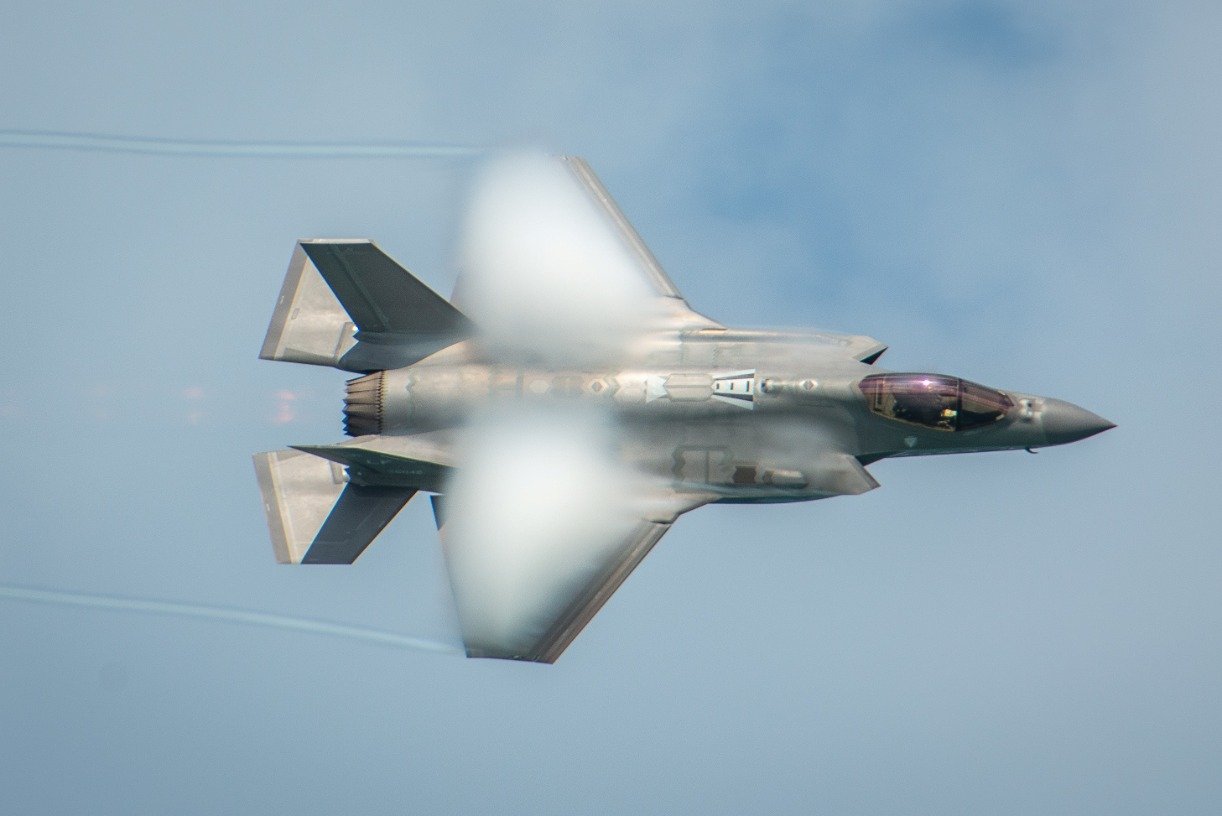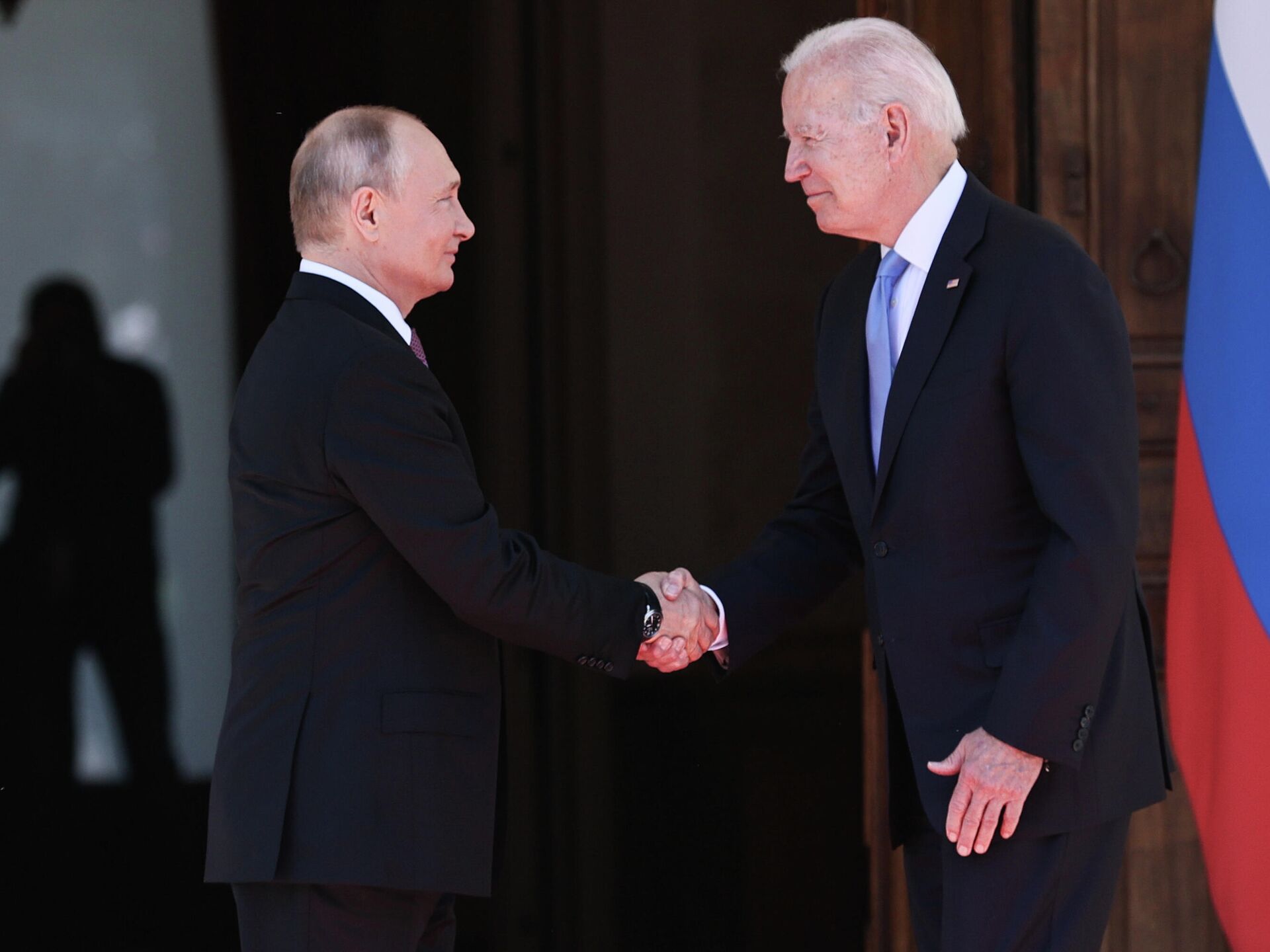
Paul R. Pillar
Paul R. Pillar, in his 28 years at the Central Intelligence Agency, rose to be one of the agency’s top analysts. He is now a visiting professor at Georgetown University for security studies. (This article first appeared as a blog post at The National Interest’s Web site. Reprinted with author’s permission.)
The hysteria over Islamic State terrorism is driving talk of a new U.S.-led ground war in the Middle East – this time an invasion of Syria under the guise of a "safe zone” – but such rash actions would only make matters worse, writes ex-CIA analyst Paul R. Pillar.
Emotional and ill-focused reaction to the latest mass shooting in the United States, coupled with misguided but unfortunately well-entrenched ways of thinking about terrorism and counterterrorism, along with a political campaign featuring jingoistic appeals, is increasing the pressure on the U.S. administration to embark on costly and counterproductive new endeavors in the Middle East.
A dominant theme in public discourse is that the so-called Islamic State (also known as ISIS, ISIL or Daesh) is behind what has already become highly destructive terrorism in the West and therefore the United States needs to hasten to destroy the group in its stronghold in Syria and Iraq, and this means increased use of military force.
Republican presidential candidates have been leading the charge with heavy use of "war” vocabulary, which is the lexicon of choice to convey toughness and to appeal to public fears even when specific meanings and implications of such terminology do not get spelled out.
"Islamic terrorism wants to destroy our way of life,” Jeb Bush declared. "They have declared war on us, and we need to declare war on them.” Chris Christie intoned, "Our nation is under siege. What I believe we’re facing is the next world war.” Ted Cruz proclaimed, "This nation needs a wartime president. … Our enemies are at war with us.”
This approach disregards what the very incidents that have aroused the fears to which these candidates are appealing tell us about the sources of international terrorism in the West and what determines its extent and severity. It disregards the true nature of any connection between strongholds of extremist groups in the Middle East and terrorism carried out on other continents.
And the approach disregards recent and glaring lessons about the application of outside, especially U.S., military force, to Middle Eastern conflicts.
With the caveat that any criminal investigation must be given time to run its course before we start drawing firm conclusions about any violent incident, what we know so far about the two events that have given the biggest boosts to the current alarm simply does not support the image of ISIS decision-makers unleashing and managing a terrorist campaign against the West — however much they might like to do so.
In a pattern that became familiar when "linked to Al-Qaeda” was the phrase most likely to send people into a dither after an incident, now "linked to ISIS” has that effect, with both the people who feel the alarm and the politicians who exploit it not stopping to consider exactly what the link means, or whether it means anything at all in terms of the nature of the future terrorist threat in the West and the variables that affect it.
The investigation into the Paris attacks last month is now more than three weeks old, and based on what has been made public, the attacks still appear to be the work of a Belgium-based radical gang comprising citizens of European Union countries.
What evidently has not turned up — and given the current policy direction of the Hollande government, surely we would have been told about it if it had turned up — is any evidence of someone in Raqqa or elsewhere in ISIS-land ordering or directing the operation. Nor does there appear to have been any imparting from ISIS of any attack-relevant skills, with little such skill being apparent in the first place.
As for the shootings in San Bernardino, the only connection to ISIS of any sort that we have been told about so far is that the female half of the shooting team expressed identification with the group in a post on Facebook. Evidently she made the post with a phone on the day of the shooting.
These circumstances are similar to other incidents over the past few years of terrorism in the United States by individuals with comparable radical Islamist inclinations, such as Nidal Hasan, who perpetrated a mass shooting at Fort Hood in 2009, and Faisal Shahzad, who made a clumsy attempt at setting off a car bomb in Times Square in 2010.
In each case there was some contact with a foreign group: Al-Qaeda in the Arabian Peninsula with Hasan, and the Pakistani Taliban in the case of Shahzad. In each case the radicalism was there in the individual before the contact. In each case it was the individual in the United States who sought the contact rather than the other way around. And, despite reported training that Shahzad received, the distinction between people dying and people living was not determined by any attack-relevant skills that came from abroad.
The most that one can say so far about ISIS and the attacks in the West to which it has been "linked” is that it served in some way as an inspiration. Or more accurately, it served as the sort of larger cause on behalf of which even people who are driven by more parochial grievances and inward demons like to be associated as they carry out their violent acts.
That observation leaves a big gap in any analysis that tries to show that even the inspirational existence of ISIS and its mini-state in the Middle East makes a difference in terrorist attacks like the one in San Bernardino occurring or not occurring. If the name of ISIS were not invoked as the larger cause, it could easily have been some other name that was.
In fact, other names have been invoked by many modern-day radical Sunni Islamists, although ISIS has become over the last two years the preferred brand name for people of that ilk, largely displacing Al-Qaeda in that role. A U.S. official confirmed to the press over the weekend that the male half of the San Bernardino shooting duo had attempted (it is not clear when) to reach out both to the Somalia-based Al-Shabab and to Jabhat Al-Nusra, the Al-Qaeda affiliate in Syria.
ISIS and its enclave certainly constitute a significant security problem in the Middle East and specifically for Syria and Iraq. But that is a problem distinct from, and should not be conflated with, the countering of terrorist threats in the United States. It would be a big mistake to let a surge of fear about such threats, let alone opportunistic political exploitation of such fear, drive the making of policy on Syria and Iraq.
Any use of military force in that theater ought to be guided instead by lessons from recent experience that are almost too obvious to need restating. One of those lessons is that the toppling or ouster of an undesirable regime or quasi-regime does not necessarily end a security problem but merely marks the start of a new phase of a war.
Another is that as long as there is not the will and the consensus among local populations to form a new and stable alternative political order, the resulting disorder only works to the advantage of extremist groups. ISIS was born under a different name in the disorder in Iraq that followed the U.S. toppling of Saddam Hussein’s regime.
One of the few places where ISIS appears to have established a satellite presence where it has more of an organizational and not just inspirational connection is in the chaos of Libya since Muammar Gaddafi’s regime was toppled with the aid of Western military force.
Another set of lessons concerns how almost any use of U.S. military force in the Middle East starts with two strikes against it in terms of the suspicions and resentments of local populations. Such sentiments were reflected in the negative public reaction by the Abadi government in Iraq to the very modest additional deployment of U.S. special operations forces that was recently announced.
The suspicions and resentments are part of the reason why, as President Barack Obama correctly noted in his televised address on Sunday, larger deployments of U.S. forces would only play into the hands of ISIS.
The ISIS pseudo-state contains the seeds of its own destruction. It has neither the economic base, nor the appeal of a better way of life, nor sufficient external support to keep going indefinitely. Dealing with it should not be viewed as a race to crush it before the next terrorist attack in the West, because crushing it will not prevent that attack.
The most effective Western policies will stop any more expansion — and it already has stopped — of the ISIS enclave, push it back in places where it is possible to push back, and exert the other kinds of pressures that will help the seeds of destruction to sprout. A picture of a group that is retrenching more than it is advancing will do much to sour the ISIS brand as a lodestar for potential recruits and as a cover for terrorists in the West.
As Stephen Biddle and Jacob Shapiro have commented, "In practical terms, what’s possible against the Islamic State is some form of containment or suppression. And that’s essentially what the administration’s current policy amounts to.”
The "war” language has become so de rigueur that President Obama felt obliged to use some of it in his Sunday evening address about terrorism. So far, however, he has wisely avoided most of the very costly and counterproductive ways in which vocabulary and metaphor can slide into military policy, as "war” talk so easily does.
He also, just as wisely, has avoided the conflation of attacking an extremist enclave in dusty parts of the Middle East with protecting the American people against terrorism.



_jpg/250px-ElbeDay1945_(NARA_ww2-121).jpg)









